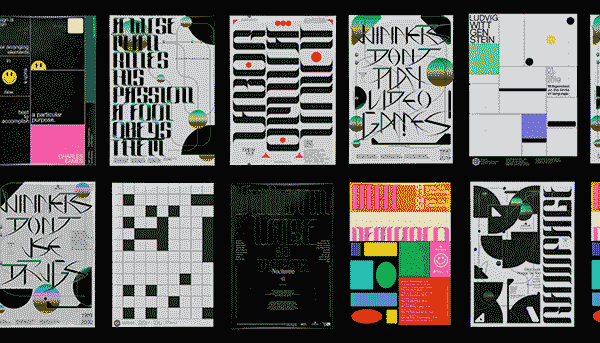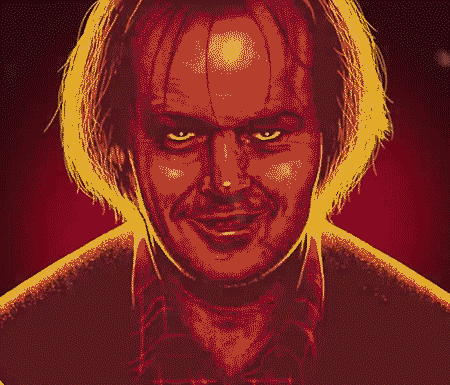When the postman came to deliver the mail, Richard Avedon would invite him into his Manhattan studio. Avedon—the man who had photographed everyone from Marilyn Monroe to Malcolm X to Ronald Reagan, who had major shows at the Met and the MoMa, who is arguably the most famous fashion photographer of all time—would casually walk the postman over to a butcher block table where prints were being considered. And then he’d ask the postman for his preference.
Why would he do that?
“New eyes,” Avedon said. “Always new eyes.”
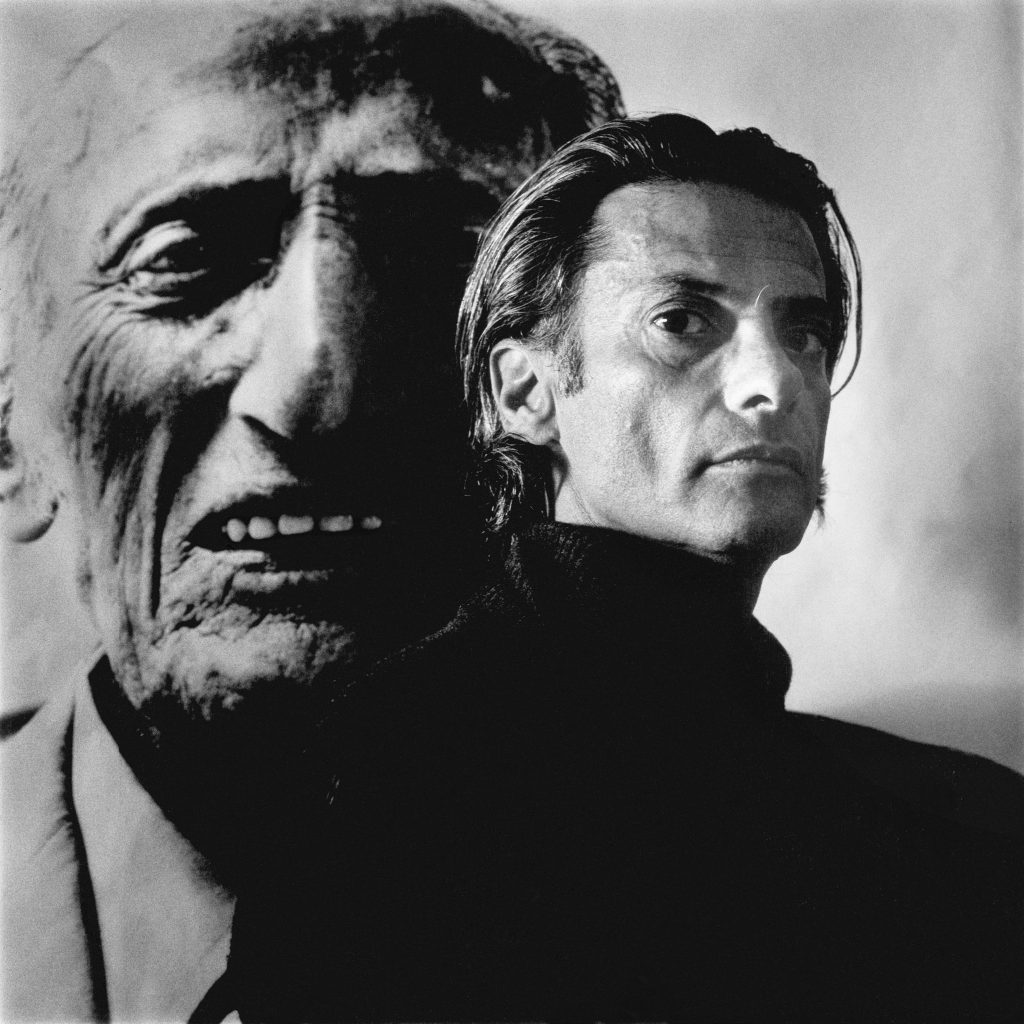
From Avedon by Gideon Lewin, published by powerHouse Books.
To understand how Avedon stayed creative while running a successful studio for more than five decades, Ceros sat down with Gideon Lewin, who worked at Avedon’s side for 16 years. Lewin was Avedon’s studio manager, master printer, and problem-solver-in-chief, and his new, revealing, photo-driven memoir, Avedon: Behind the Scenes 1964-1980, has just been published. Here, Avedon’s strategies, work habits, and rituals.
How Richard Avedon Got The Most From His Team
In his book, Lewin writes that Avedon inspired his people to work beyond their limits. “He truly believed that every problem has a solution,” says Lewin. “And that became the reality in the studio.”
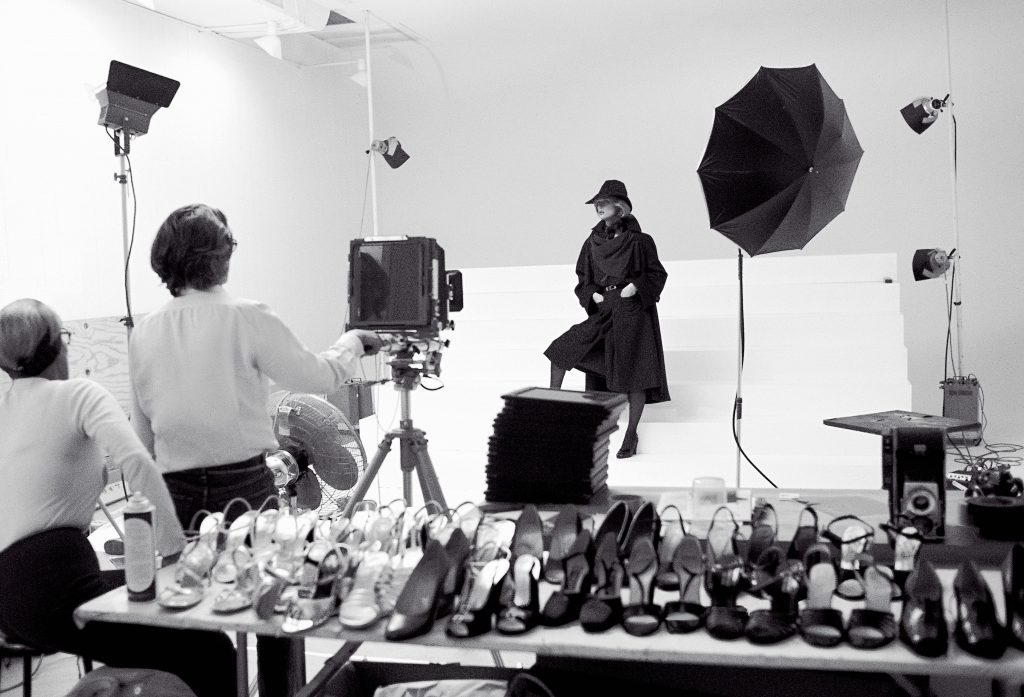
From Avedon by Gideon Lewin, published by powerHouse Books.
Avedon set the bar high on Lewin’s first day on the job. “Dick told us that he wanted to create something for a shoot. The studio manager at the time and I looked at each other and said, ‘It’s impossible.’ Dick got very angry, and said, ‘There’s no such thing as impossible. Go back and think. Every problem has a solution.’”
Lewin says that that attitude turned everyone in the studio into problem-solvers, and today he looks back on it as “a life lesson. That line stayed in my mind, and it was the last time I ever said something was impossible.”
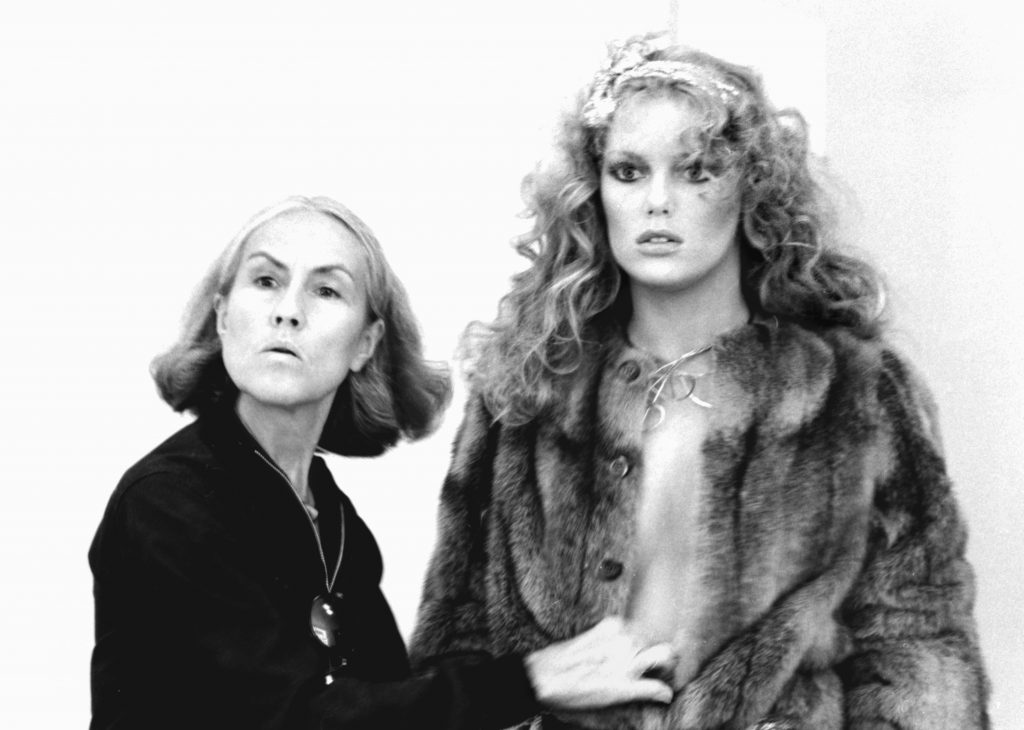
From Avedon by Gideon Lewin, published by powerHouse Books.
How Avedon Hired for Success
Avedon’s studio was inundated with resumes. So who made the cut and why?
Lewin would interview candidates first, looking for specific skills and capabilities; only if he thought the person had the chops would they meet with Avedon. But Avedon, says Lewin, was less interested in their specific talents and more focused on their intellect, in the ideas they could bring into the studio: “Dick would ask, ‘What was the last book you read? Have you read Kafka?’” Lewin remembers. Avedon wanted ideas and perspectives from all over the world and so, by design, “We had assistants from Sweden, France, Italy—a real mix,” says Lewin, who himself was born in Jerusalem. “He didn’t want the studio to be a boring place.”
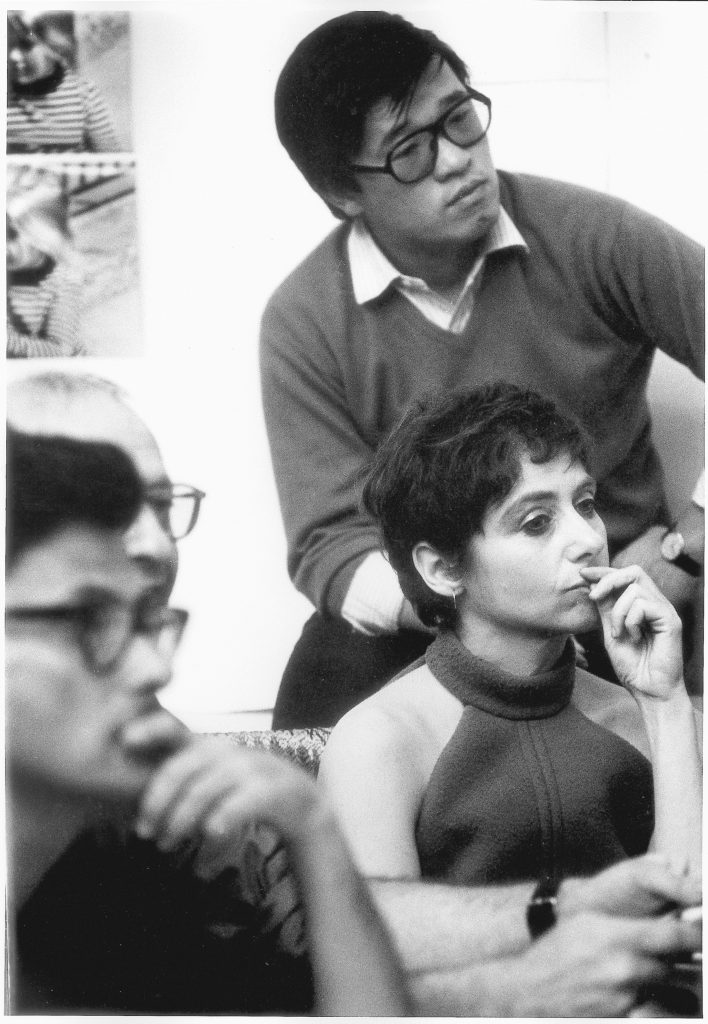
From Avedon by Gideon Lewin, published by powerHouse Books.
He succeeded in that: Many of the pictures in Lewin’s book depict a studio filled with a sense of energy and community.
What Avedon Valued Most in His Collaborators
Highly creative people often want to focus on their vision rather than on the duct tape, paper clips, and chicken wire that it takes to bring the vision to life. This was certainly true of Avedon. And this is why he valued people who could not only crack any problem put in front of them, but also anticipate his needs.
Lewin, for instance, learned how to fix frozen camera parts weeks before Avedon’s iconic Vogue shoot in Japan’s snow country with the model Verushka—skills he ended up using on the trip. But the best of example of this silent anticipation took place during shoots, with the all-important lighting.
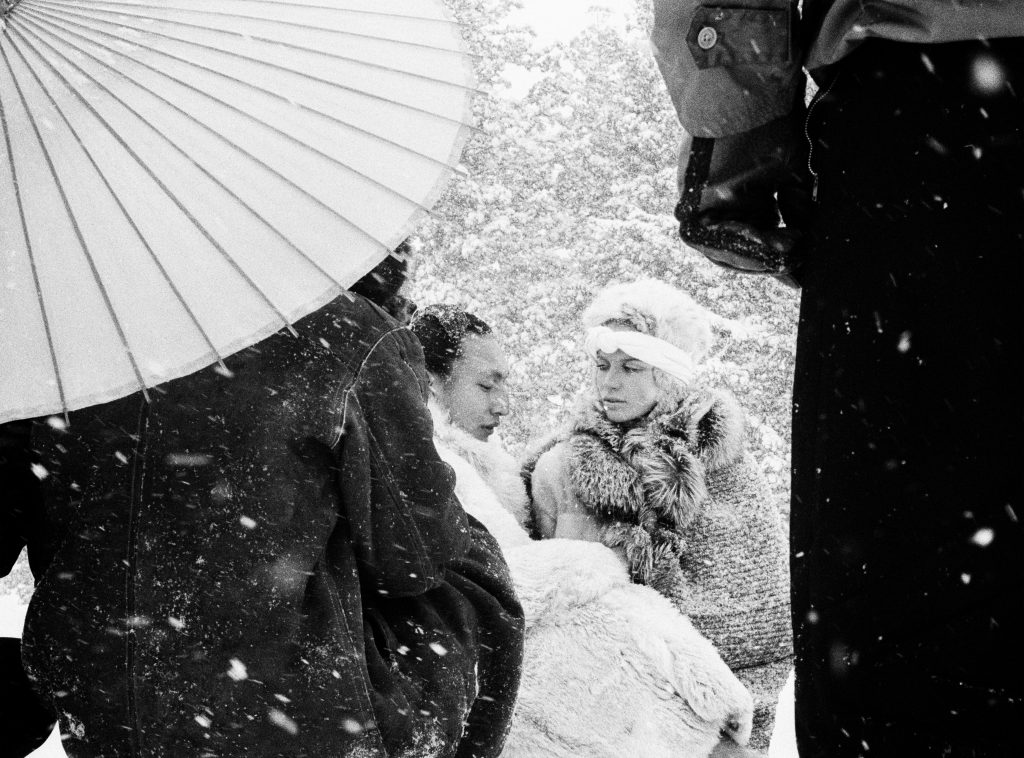
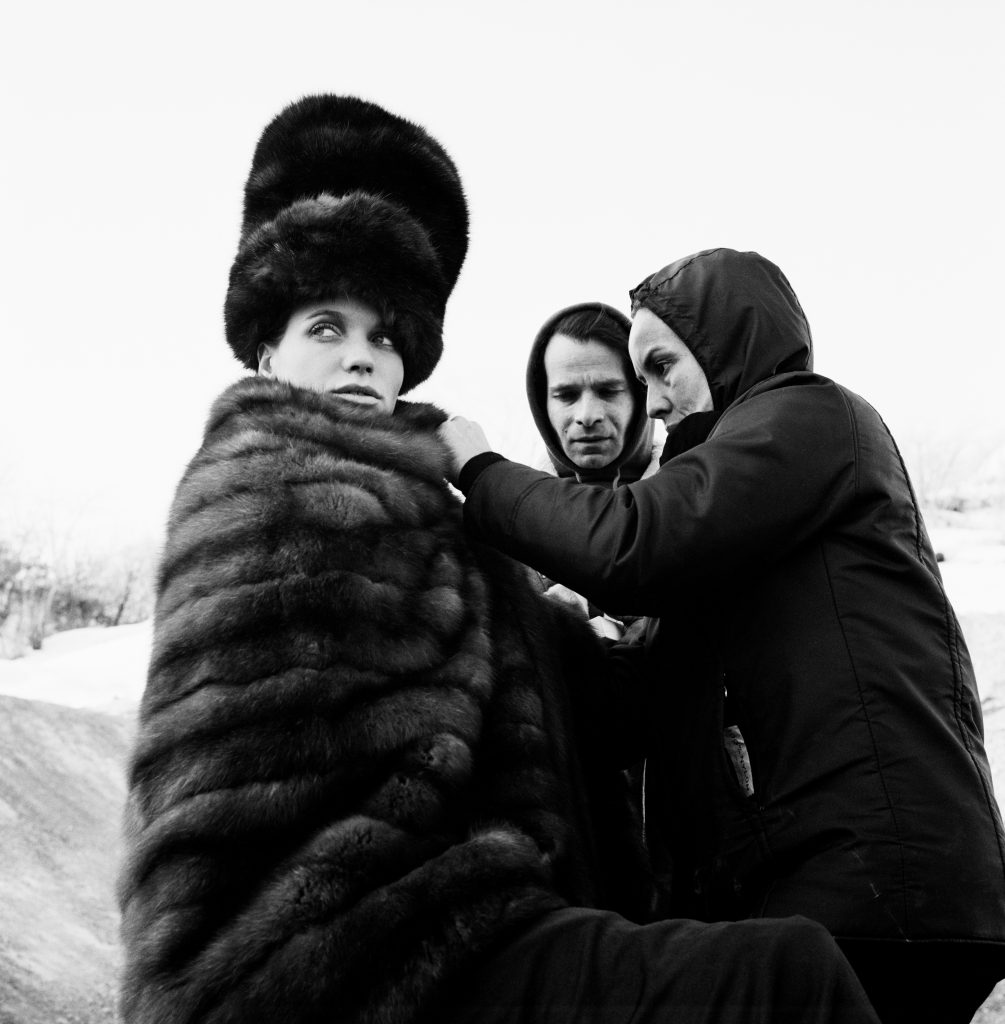
From Avedon by Gideon Lewin, published by powerHouse Books.
Lewin knew exactly the kind of shots Avedon was likely to take as well as the kind of lighting and shadow that turned a picture into an “Avedon picture” and he responded accordingly: “Dick would be behind the camera, and I’d be holding the light, moving with the subject,” Lewin says. “I could hear the click of his camera in my mind even before he took the picture. He wouldn’t have to tell me, ‘I want the light here, I want it there.’”
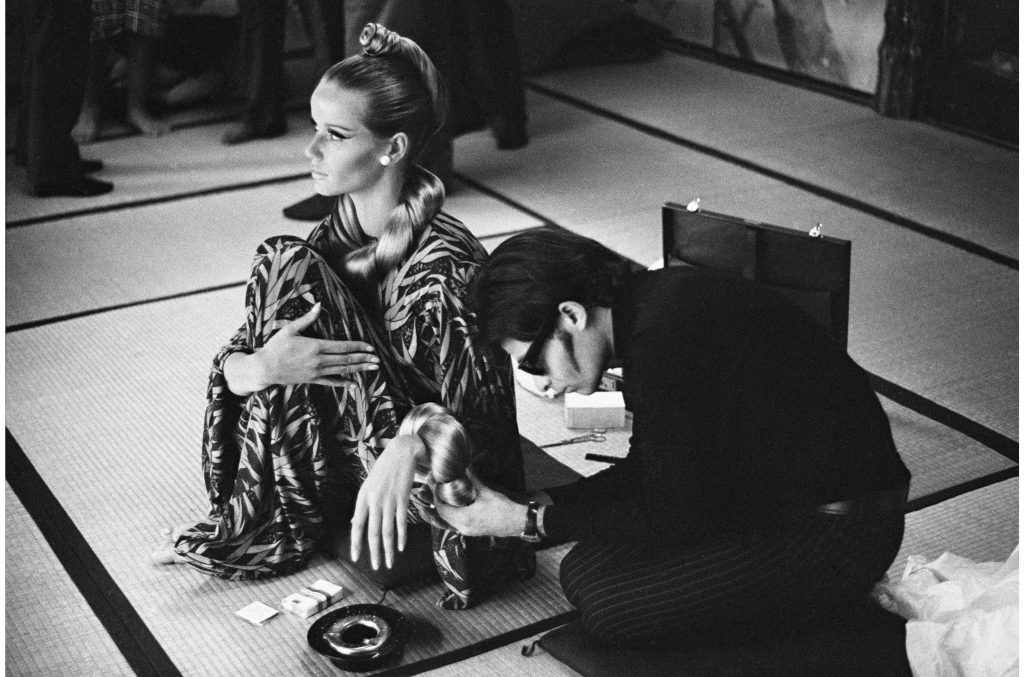
From Avedon by Gideon Lewin, published by powerHouse Books.
Curiosity Kept Avedon Current
When you’re making images that are not only expected to reflect the culture but actually lead it, your radar has to be highly attuned to the slightest ripples in the Zeitgeist. “Dick was always way ahead of the game,” Lewin says. “He knew the pulse of changes in the culture of society and politics.”
How did Avedon manage to be up-to-date in the midst of shooting big-budget ad campaigns, high-concept editorial stories, and personal projects? When he wasn’t working, he went to performances—theater, ballet—and to museums, of course. (Lewin remembers one day when Avedon came back from the Met: “He’d seen a painting and he said, ‘This is the kind of lighting quality I like to see.”)
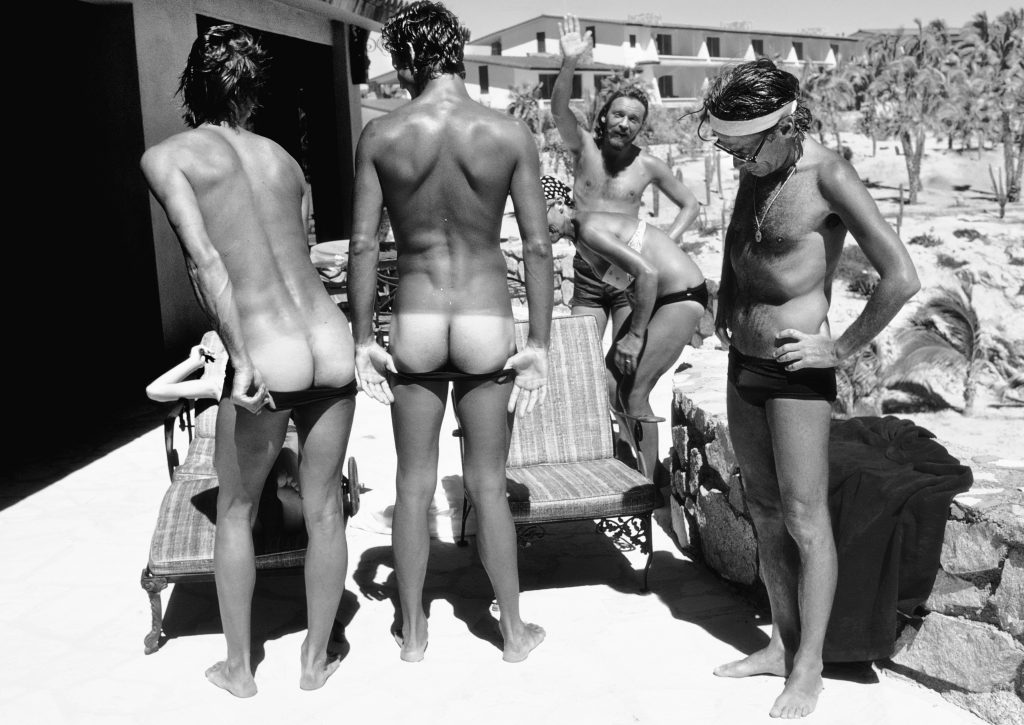
From Avedon by Gideon Lewin, published by powerHouse Books.
And he was a big reader of “all the heavy stuff.” He hung out with artists and intellectuals (but interestingly, says Lewin, very few photographers) and he would also talk with everyone who came into the studio, both well-known names and less-than-worldly models. “He’d ask them, ‘What clubs are you going to, what movies have you seen?’” As a photographer, he observed and absorbed everything he saw, says Lewin. “Visual people just pick up on things that most people don’t.”
What Made Richard Avedon Run
Parties, events, openings, actors, artists, models—Richard Avedon could have been at the center of a dozen buzzing social circles. But as Lewin says, “I’ve never seen anybody work as hard as he did or be so dedicated to his work. It seemed like he was working 24 hours a day.” And he focused on the work to the exclusion of almost everything else—including his own success.
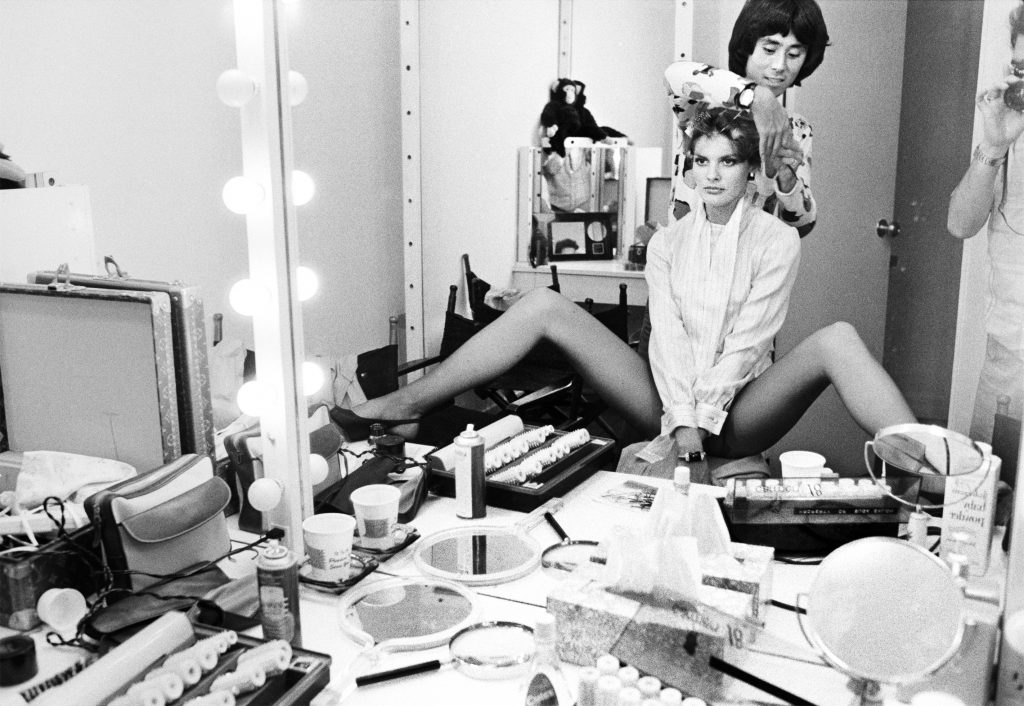
From Avedon by Gideon Lewin, published by powerHouse Books.
In Behind the Scenes, Lewin describes the opening of Avedon’s big show at the Met: “It was a gala event, a real New York happening. The lines to see the exhibit exceeded all expectations. Yet Dick was already thinking about the next project he would focus on.”
Lewin continues, “I have never met anyone so totally committed to photography, continuously creating imagery with a fierce determination to leave a legacy.”
The One Thing Richard Avedon Hated
“He had a tremendous amount of energy, which was contagious, and charm that won your heart,” writes Lewin in Behind the Scenes. “He could be manipulative when he needed to be, vindictive when he did not get his way. He was also extremely critical of his own work.”
Oh, and one more thing: Avedon hated surprises. This is true of many people who are used to being in control. Avedon, whose vision for a picture story was fully formed before the first snap, was a case in point.
And this extended beyond the work itself: To celebrate the successful opening of his show at the Minneapolis Institute of Art in 1970, Lewin printed up paper masks with Avedon’s face on them; when the photographer walked into the room, everyone was wearing them. It was meant to be a light moment, but Avedon was furious.
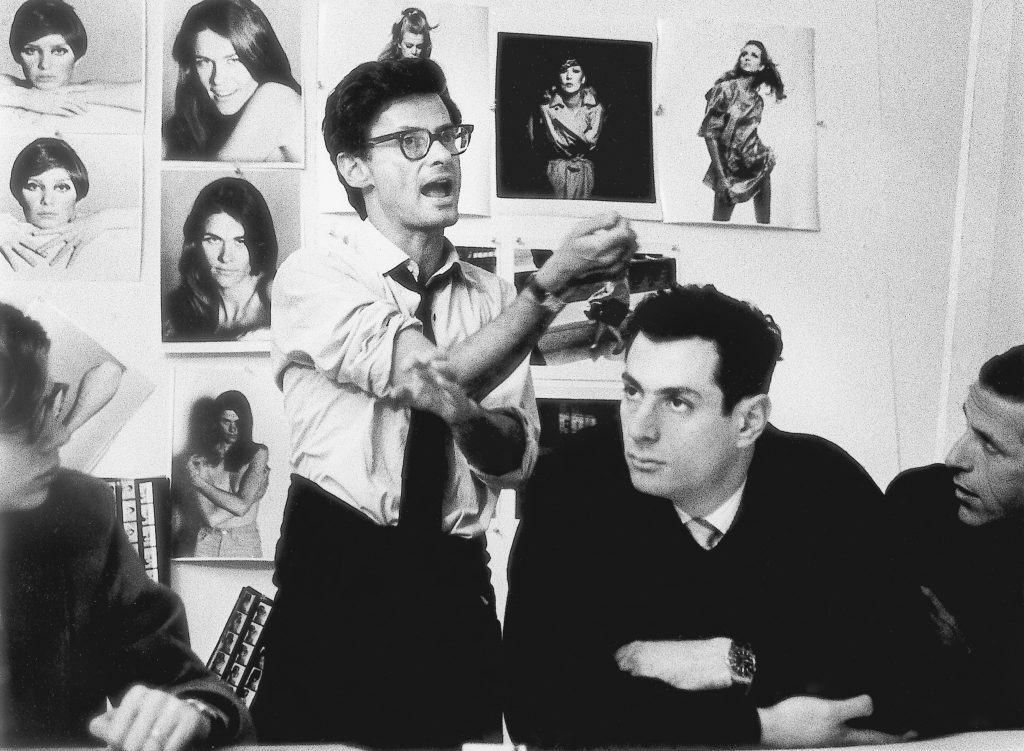
From Avedon by Gideon Lewin, published by powerHouse Books.
“He had a great sense of humor but he had to be in total control,” says Lewin, and he had to know where everything was heading; being surprised is the opposite of that. It’s worth noting that years later, Avedon agreed to wear the mask while he sat for Lewin’s camera; the result—a brilliant, mysterious portrait—appears on the cover of Behind the Scenes.
He Knew How to Work the System
Avedon shot advertisements for 60 years, including iconic campaigns for Calvin Klein (the controversial ads featuring Brooke Shields), Chanel, Versace, and Dior. But even with a creative master like Richard Avedon, the advertiser still presented him with an approved concept and storyboards to which he was supposed to adhere.
But, says Lewin, “You never do exactly that, of course. You do it and you also do your own interpretation, too, and you hope they’ll discover that your idea is better.”
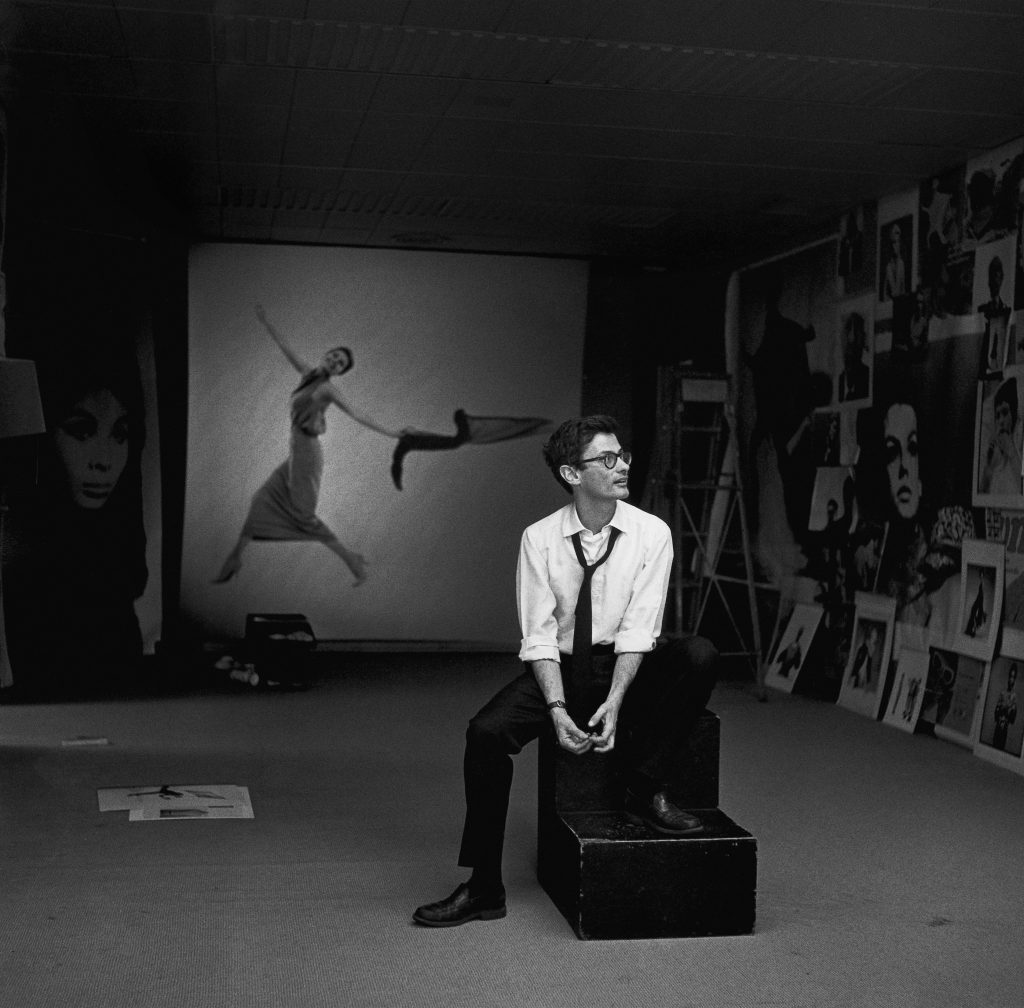
From Avedon by Gideon Lewin, published by powerHouse Books.
Once, Avedon returned from a shoot for Revlon with three images and showed them to the client… who hated all of them. He demanded a reshoot, and Team Avedon obliged; they returned the next week with the same three images.
The client pointed to one, and said, “I love it.”
Bill Shapiro is the former editor-in-chief of LIFE magazine and the author of What We Keep.

